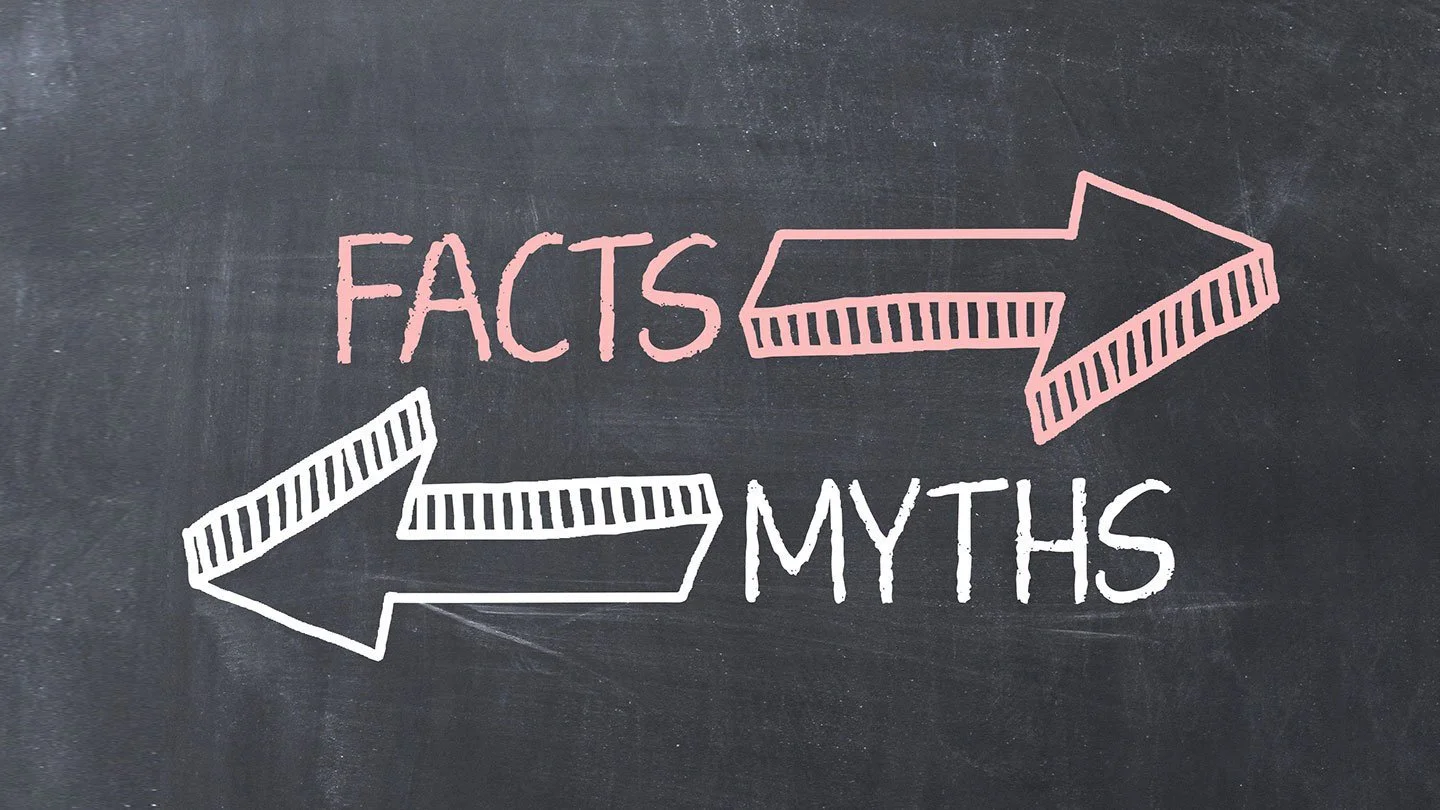Common Myths About Concussions & the Facts You Need to Know
Concussions remain one of the most misunderstood injuries in sports and everyday life. Despite increasing awareness, several myths about concussions persist, which can delay proper diagnosis and treatment. Let’s break down some of the most common misconceptions and uncover the facts that everyone should know.
Myth 1: You Have to Be Knocked Out to Have a Concussion
Fact: Loss of consciousness occurs in less than 10% of concussions. Many people associate concussions with being knocked out cold, but this is far from the norm. In reality, even mild blows to the head or body that cause symptoms like dizziness, confusion, or headache can result in a concussion. Recognizing these subtler signs is crucial to preventing further injury.
Myth 2: If You Don’t Have Symptoms Right Away, You’re Fine
Fact: Concussion symptoms can appear hours or even days after the initial injury. While some individuals experience immediate symptoms such as headaches or nausea, others might not notice issues until later. Delayed symptoms include difficulty concentrating, mood changes, and sleep disturbances. Monitoring for symptoms over time is critical after any head injury.
Myth 3: You Can’t Get a Concussion While Wearing a Helmet
Fact: Helmets reduce the risk of severe head injuries, but they cannot fully prevent concussions. A concussion results from the brain moving within the skull, which can happen even with a helmet on. Helmets are essential for safety, but they are not a guarantee against brain injuries. Please check out Virginia Tech's Helmet lab for ratings on helmets for their ability to decrease concussion risk. (https://www.helmet.beam.vt.edu/)
Myth 4: Resting in a Dark Room for Weeks Is the Best Treatment
Fact: While rest is important in the initial stages of recovery, prolonged isolation can be counterproductive. Research now supports a more balanced approach, which includes gradual reintroduction of light physical activity and cognitive tasks under medical supervision. This approach can help speed up recovery and reduce anxiety or depression related to inactivity.
Myth 5: It’s Safe to Return to Play as Soon as You Feel Better
Fact: Feeling better does not mean the brain has fully healed. Returning to activities too soon can increase the risk of a second concussion, which may lead to more severe complications, including Second Impact Syndrome. Athletes should only return to play after being cleared by a healthcare professional trained in concussion management.
Myth 6: Only Athletes Get Concussions
Fact: While concussions are common in sports, they can happen to anyone. Falls, car accidents, and everyday mishaps are significant causes of concussions. Understanding that concussions are not exclusive to athletes is essential for recognizing injuries in various settings.
Myth 7: A CT or MRI Scan Can Diagnose a Concussion
Fact: Concussions are functional injuries, not structural ones, which means they often don’t show up on imaging like CT or MRI scans. Diagnosis is typically based on symptoms, medical history, and clinical evaluation. Advanced imaging techniques may be used to rule out more severe brain injuries but are not a standard tool for diagnosing concussions.
Moving Past Myths to Better Care
Understanding the facts about concussions can help individuals respond appropriately and seek timely care. Education is a powerful tool in reducing the stigma and confusion surrounding these injuries. If you suspect a concussion, consult a healthcare professional trained in concussion management to ensure proper care and recovery.
By debunking these myths and spreading accurate information, we can create a safer environment for everyone and improve outcomes for those affected by concussions.

